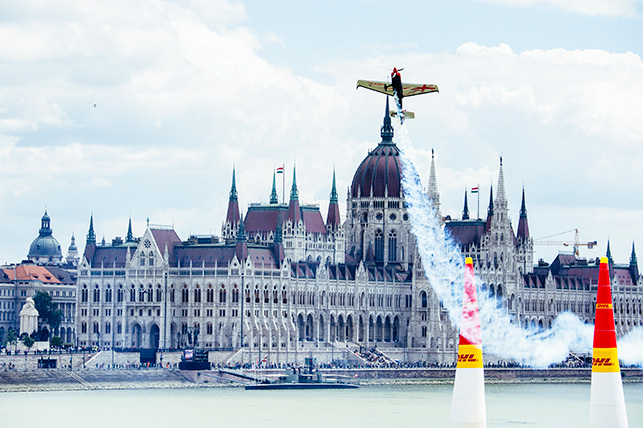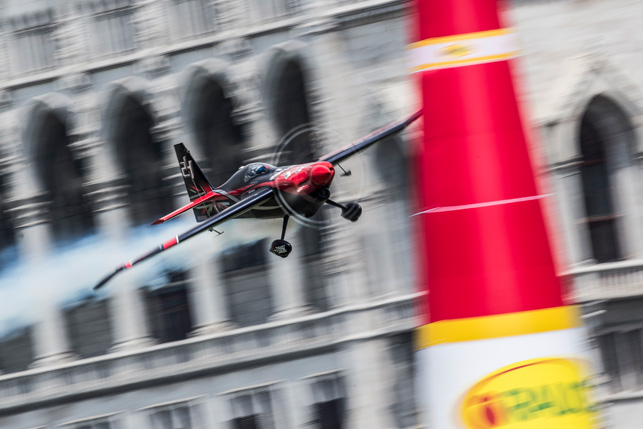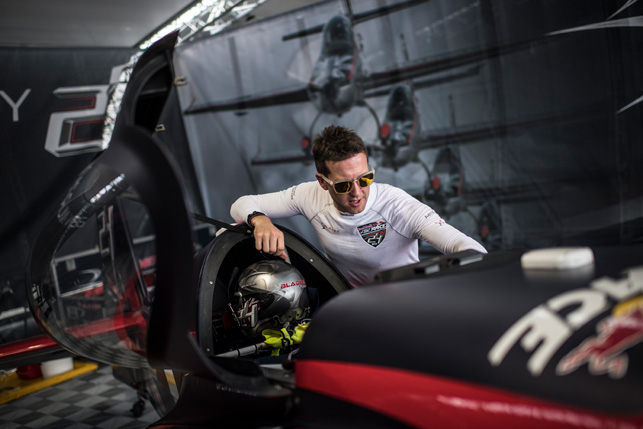
The Red Bull Air Race is a battle of wits, nerve and aerial prowess, with the last of these relying on finely tuned engineering and aerodynamics.
Participating pilots use some of the fastest, most agile, lightweight racing planes available, capable of hitting speeds of 230mph, while enduring forces of up to 12G. These navigate a low-level slalom track marked by 25m high, air-filled pylons, above both ground and water.
With every team in the Red Bull Air Race using standardised engines and propellers, higher levels of performance have to be eked from aerodynamic adjustments and custom component engineering.
The UK’s entry to this year’s competition is led by Ben Murphy, a former Royal Air Force pilot and team leader of the famed Red Arrows aerobatic team. In preparation for the event, Murphy’s team, The Blades, decided that further design changes were needed in their quest to beat 13 other hopefuls to the Red Bull title.
In order to modify The Blades’ existing Zivko Edge 540 aircraft using reverse engineering, they engaged 3D scanning experts Physical Digital. The Physical Digital mobile team visited The Blades at their base in Northamptonshire, UK and used a combination of different 3D scanning technologies in order to capture the surface data of the plane.

Scanning gets underway, conducted by the Physical Digital team

Physical Digital – mark your spot
To begin, a series of coded and uncoded markers were placed on and around the aircraft, along with calibrated scale bars placed next to the plane to define its relative size. Then, using a GOM Tritop photogrammetry system, multiple images were captured to precisely triangulate the position of the reference points in 3D space.
These coded markers are used to orientate images, bringing them together and enabling the Physical Digital team to subsequently position uncoded markers to a point cloud, forming a reference frame and ensuring the global accuracy of a scan.
The team then used a GOM Atos 5 optical scanning system to project a threedimensional structured light fringe pattern onto the aircraft.
Using triangulation principles, this sensor accurately measured the divergence and convergence of the pattern, creating a high-density point cloud of surface measurements.

The Edge 540 in action as it navigates a recent competition course
Post-processing within the GOM software combined all the data, ensuring its traceability, before exporting the dataset in STL format, ready for future downstream use in various simulation software packages in order to make design modifications to the plane’s bodywork.
“With accurate data and more precise knowledge of our current aerodynamic strengths and weaknesses, we can focus our strategy and align our modification packages,” says Ben Murphy.
For him, the scan data is a first step in the critical onward development of his team’s next-generation racing plane, with a view to extending the UK’s reign as the nation with more World Championship titles than any other in the sport.
“Knowledge equals power,” Murphy boldly proclaims, “and hopefully, speed and results will follow.”

The Blades team leader Ben Murphy inspects the Zivko Edge 540 aircraft






